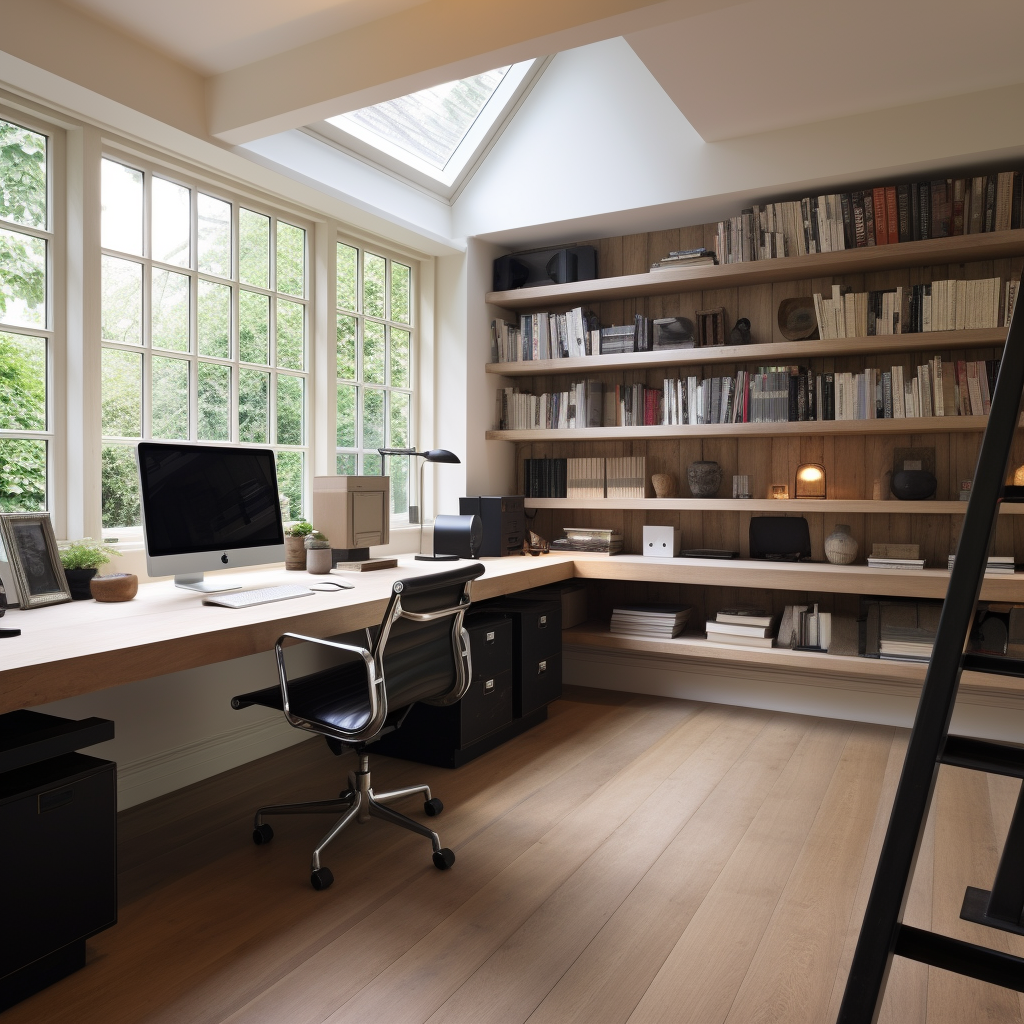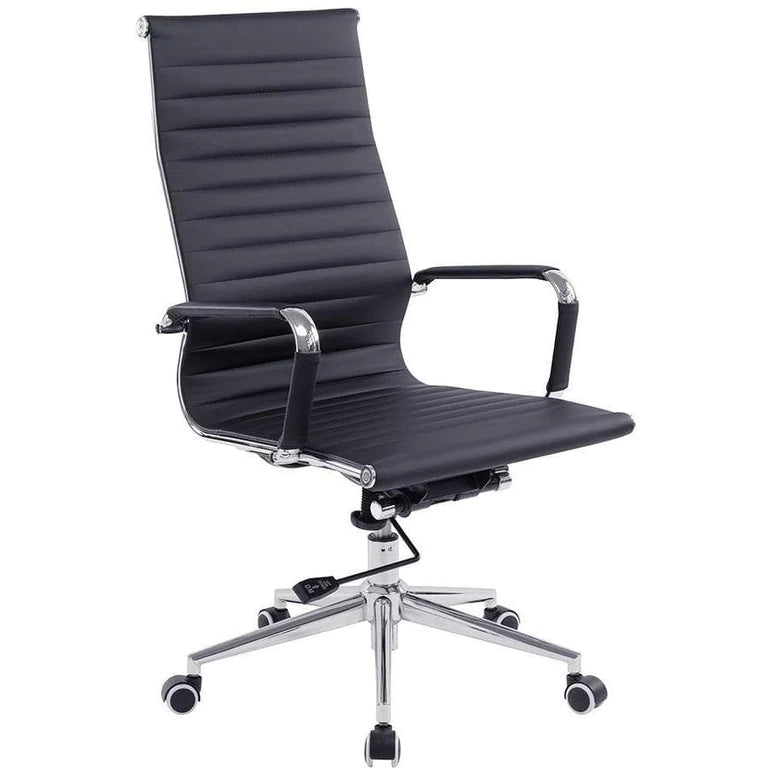
Furniture for Collaborative Spaces: Creating spaces that encourage collaboration and team interaction

Furniture plays a crucial role in shaping the environment of a workspace, influencing both the aesthetic and the functionality of the area. Bench desks, in particular, have become increasingly popular in collaborative spaces due to their unique ability to foster teamwork and interaction among colleagues. This article will explore the benefits of bench desks in collaborative work environments and how they can be effectively integrated into various office layouts.
The Rise of Bench Desks in Modern Workspaces
Bench desks, characterized by their long, shared working surfaces, have emerged as a go-to choice for many modern offices. These desks encourage open communication and easy interaction among team members, making them ideal for environments where collaboration is key.
Advantages of Bench Desks in Collaborative Spaces
-
Enhanced Collaboration: The open design of bench desks removes physical barriers, making it easier for team members to engage in discussions, share ideas, and collaborate on projects.
-
Space Efficiency: Bench desks typically occupy less space than individual desks, allowing for more efficient use of office space. This is particularly beneficial in urban offices where space can be at a premium.
-
Flexibility: These desks can be easily reconfigured to accommodate different team sizes and projects, offering greater flexibility compared to traditional desk setups.
-
Cost-Effective: By using shared resources and minimizing the need for individual desks, bench desks can be a more economical option for businesses.
Integrating Bench Desks into Various Office Layouts
-
Open Plan Offices: In an open-plan layout, bench desks can be placed in rows or clusters to create a dynamic, interactive workspace. This arrangement fosters a sense of community and encourages spontaneous collaboration.
-
Team-Based Areas: For teams that need to work closely together, grouping bench desks can create a dedicated zone for collaboration while still being part of the larger office environment.
-
Flexible Workspaces: In spaces where teams change frequently or projects are dynamic, bench desks can be easily moved and reconfigured to suit the evolving needs of the workspace.
Overcoming Potential Challenges
While bench desks offer many benefits, they also come with challenges that need to be addressed:
-
Privacy Concerns: The lack of physical barriers can lead to a reduction in personal space and privacy. Solutions such as privacy screens or designated quiet zones can help mitigate this issue.
-
Noise Management: Open spaces can sometimes lead to increased noise levels. Sound-absorbing materials and strategic placement of desks can help in managing noise.
-
Ergonomics: It’s important to ensure that bench desks are ergonomically designed to support the health and comfort of users. Adjustable chairs and monitor arms can enhance ergonomic benefits.
Conclusion
Bench desks are more than just a furniture choice; they are a statement about a company's commitment to collaboration and team dynamics. By thoughtfully integrating bench desks into a workspace, organizations can create environments that not only look great but also enhance productivity, creativity, and teamwork. As the nature of work continues to evolve, bench desks stand out as a versatile and effective solution for fostering collaborative spaces.









